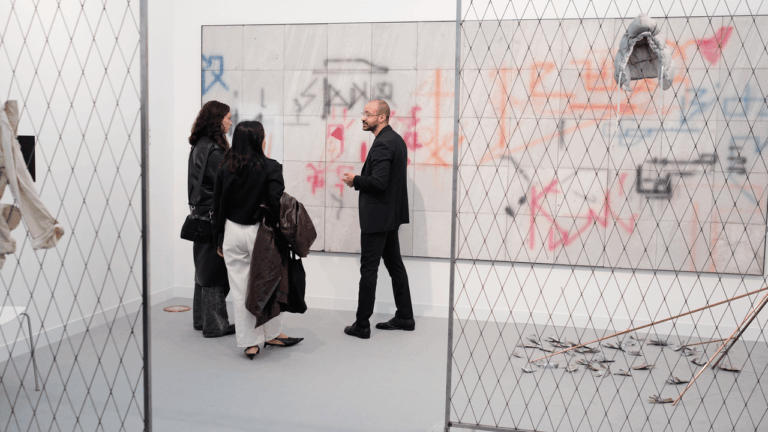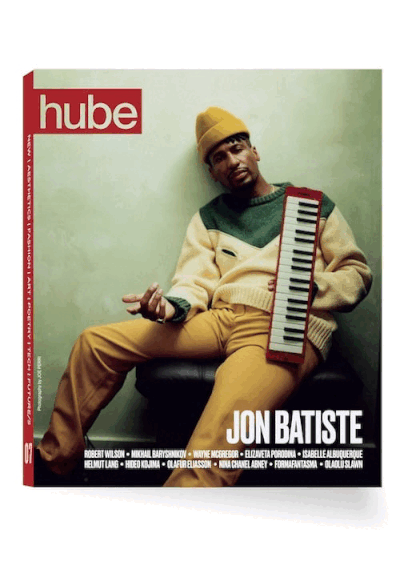The leaves are starting to crisp, shifting the air, and London once again tilts into its role as the epicenter of the global art market, at least for the week of Frieze. Every autumn, the city becomes magnetic: artists, curators, collectors, and anyone orbiting around the cultural capital move here like migrating birds, pulled by the promise of new names, new works, new whispers. It’s not just about sales; it’s about momentum.
Now in its 23rd edition, Frieze returns to Regent’s Park with 163 galleries from 43 countries, each booth a fragment of what might come next. The timing is no coincidence, landing straight after London Fashion Week, Frieze extends the city’s season of spectacle, re-crafting London into something to be wandered, debated, photographed, absorbed. With talks by Christopher Rothko and Tracey Emin on the program, this year’s fair is also about thinking aloud, about how art navigates history, ego, and politics in 2025, and about where the culture machine can still grow teeth.
Frieze Masters, entering its 13th year, provides the counterweight, with 137 galleries that tether the present to a dialogue with the past. Think Peter Hujar’s backstage portraits from the 1970s at Pace Gallery, or Henry Moore and Lucian Freud reintroduced through Hazlitt Holland-Hibbert and Frankie Rossi Art Projects. There’s something quintessentially English about Freud’s psychological flesh hanging alongside Moore’s monumental forms, heritage colliding with angst.
That’s the balance London excels at: the forward rush and the backward glance, always half-haunted, always restless. First-time exhibitors such as Peter Blum Gallery and Galerie Atiss at Frieze Masters, alongside Anat Ebgi making its debut at Frieze, show that even within established platforms, new voices continue to emerge. But the pulse really thrums in the Focus section, Frieze’s incubator for under-12s, the young galleries that give London its unruly, unpolished, distinctly off-beat character. Brunette Coleman, Public, Ginny on Frederick, a. Squire — they’re the ones rewriting what counts as cool right now.
Eva Langret, Director of Frieze EMEA, calls attention to this quality of discovery that defines the fair. Langret has built a reputation on unpacking how London’s cultural landscape is shaped and reshaped, and how this city digests influence and spits it back out in ways other capitals simply can’t. She puts it simply:
‘With 35 participants from over 20 countries, our Focus section reinforces Frieze London’s identity as a site of discovery, where new voices show how the city continues to set the pace for contemporary art.’
So, if you’re plotting your path through the fair, here’s hube’s cut of artists to keep an eye on this year:
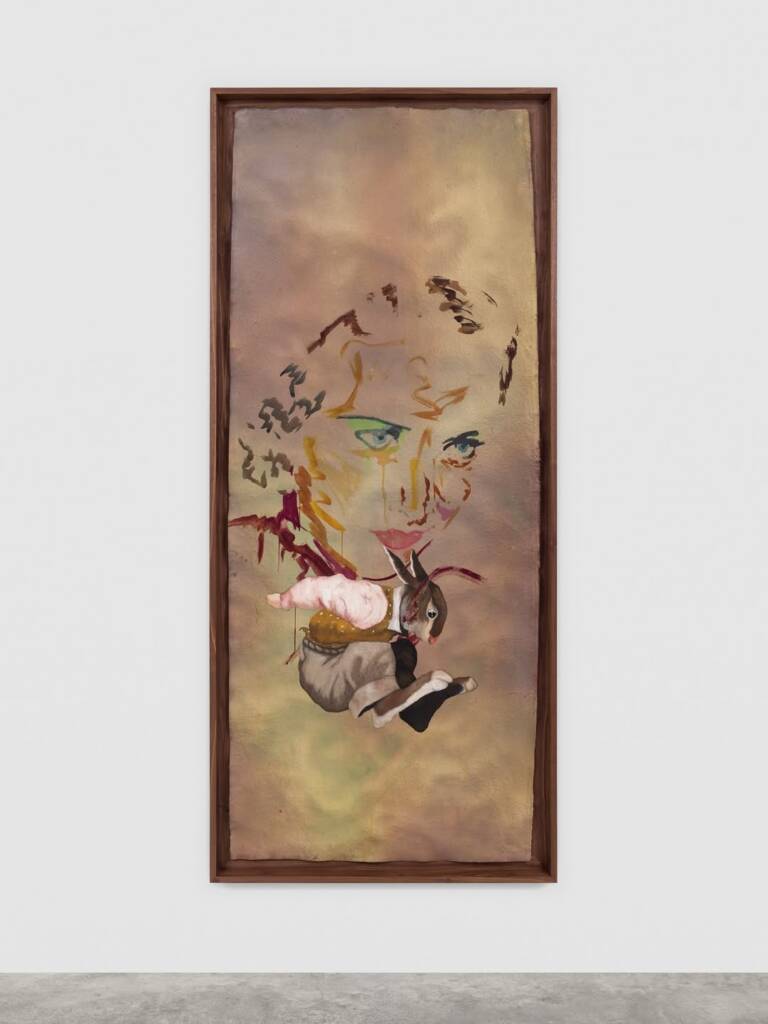
Barbara Stanwyck, Br’er Rabbit, Double Indemnity, 2025
Photography courtesy of ROSE EASTON
Jan Gatewood with Rose Easton
Jan Gatewood’s work is resistance dressed in dream logic, with cartoon figures, loose markmaking, and plushy palettes that veil sharp politics. The LA-born artist shows with Rose Easton, a young East London gallery already gaining weight in the scene. The works are playful at first glance, referencing surrealism and childhood archetypes, but beneath the softness is a tangle of race, labor, and identity. For Frieze’s Focus section, Gatewood presents five mixed-media drawings and sculptural works circling the theme of borrowed labor. The pairing feels right: young artist, young gallery, a sense of radical restraint. Each gesture in Gatewood’s work could open a hundred different doors, a trip and fall down thousands of different rabbit holes. And maybe that’s the point.
Ebun Sodipo with Soft Opening
Sodipo bends form into a lyric. Sculptures and wall-based collages conjure the Black transfeminine experience, cut and layered with foil, rough edges, and balance that feels earned rather than designed. Showing with Soft Opening, East London’s hole-in-the-wall champion of new voices, steps from Broadway Market and Columbia Road’s flowers, Sodipo pushes beyond the traditional body of work. The pieces move the way they need to, not the way convention dictates. A performance artist and writer too, Sodipo injects her visual practice with the rhythm of a staged monologue, glimpses of a wormhole into a future braided with Black feminist theory and lived narrative. Her film Nasty Girl 2 (The Beast) also enters the Frieze x ICA Film Programme, folding more dimensions into the practice.
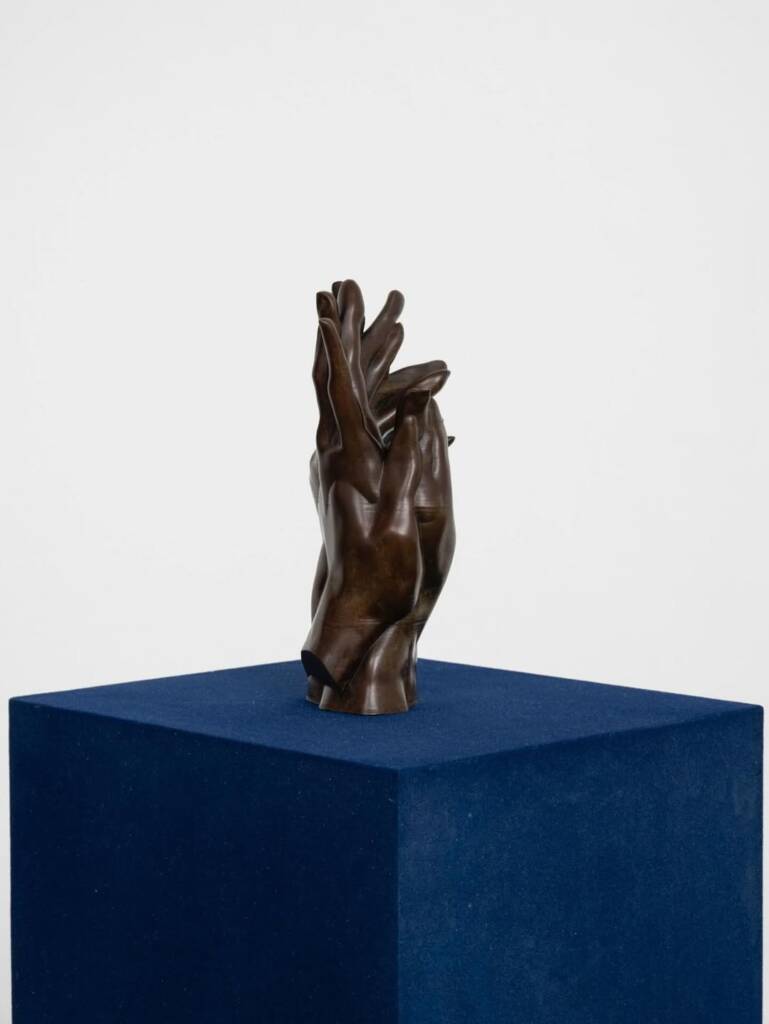
The Left Hand of the Sisters, 2024
Photography courtesy of SOFT OPENING
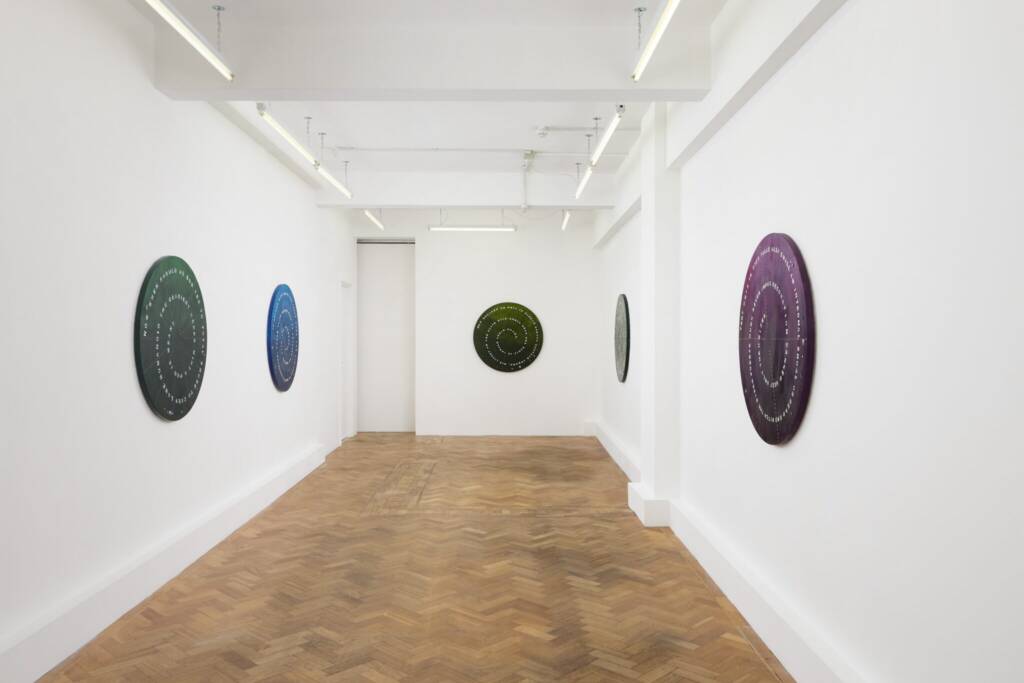
Courtesy of ARCADIA MISSA
Hannah Black with Arcadia Missa
Arcadia Missa isn’t just a gallery; it’s a living room for ideas, tucked into Soho and staring Selfridges straight in the face. It’s where artists show, then slip across the street for drinks, the scene bleeding into the work. For Frieze, the gallery brings Hannah Black, whose practice stretches across writing, theory, and moving image. In Soho, her spiraling works riff on The Universal Declaration of Human Rights, bending legal language into surrealist pattern, questioning what humanitarian values actually hold today. With the Frieze x ICA shortlist, Black also shows Broken Windows, a haunting piece first presented on an old TV at Arcadia Missa in 2022. Built from anonymous interviews with those who looted during the George Floyd protests, it turns witness into testimony, and testimony into critique.
Laura de Santillana with Ippodo Gallery
Within the Reflections section, dedicated to decorative arts and objects, Ippodo Gallery shows the late Venetian artist Laura de Santillana. Her glass works aren’t fragile in the way glass is expected to be; instead, they pulse with color and solidity, balancing Venetian tradition with Japanese influence. De Santillana studied architecture, worked with lacquer master Suzuki Mutsumi, and developed techniques that resist classification, Italian but not Italian, Japanese but not Japanese, entirely her own. Her Tablet and Sun series presented this year fuses history with innovation, each piece glowing like a captured fragment of light.
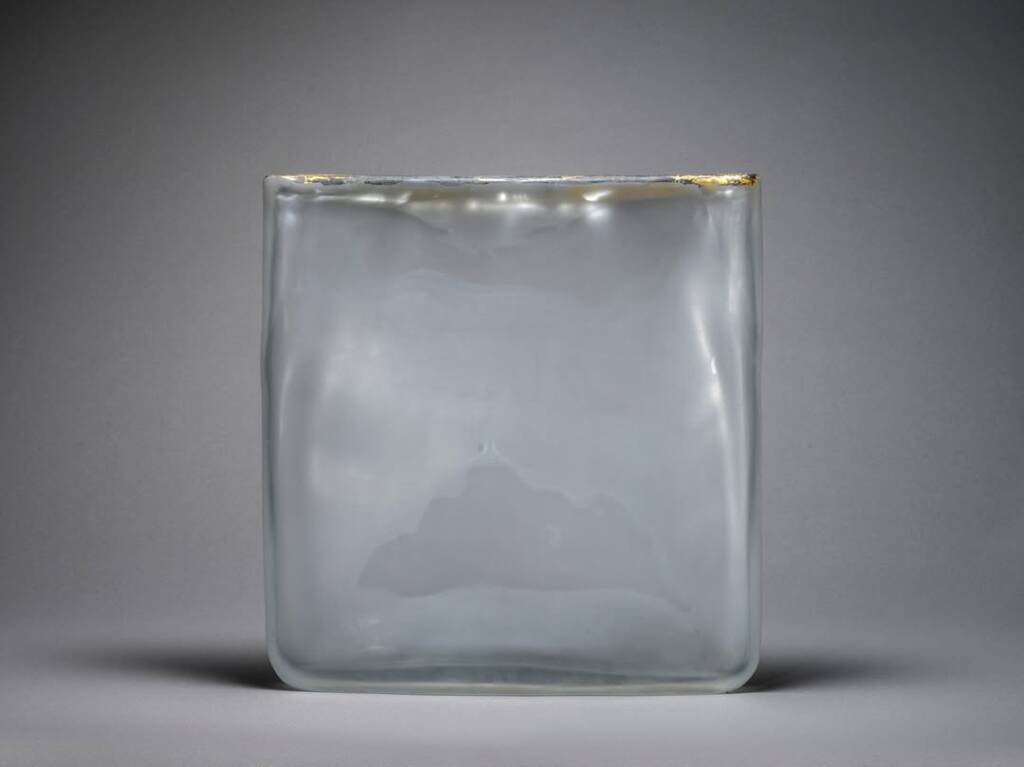
Aosta 3, 2002
Photography courtesy of IPPODO GALLERY

Last of the Wild and Free (Rhododendron calophytum), 2025
Presented by ALBION JEUNE. FRIEZE SCULPTURE 2025. Photography by LINDA NYLIND. Courtesy of FRIEZE
Timur Si-Qin with Albion Jeune
The Frieze Sculpture park is always the aperitivo before the main course, and this year Timur Si-Qin brings his meditation on the organic versus the synthetic. With Albion Jeune, the artist shows Last of the Wild and Free (Rhododendron Calophytum), a silvery bonsai that seems to levitate, a paradox of weight and delicacy. Known for using industrial materials to mimic natural forms, Si-Qin plays with the edge where reverence for nature meets digital-age reproduction. His sculpture questions what “wild” even means in 2025, and whether art can exist outside of this human urge to simulate, replicate, preserve.
Michelle Uckotter with King’s Leap
New York gallery King’s Leap makes its Frieze debut with Michelle Uckotter’s cinematic oil pastels. Her Instagram bio says “painter” and “filmmaker kinda,” which tracks: her canvases feel like stills from films that never existed, lush with color and tension. Alongside these, she’ll present a hall-of-mirrors installation that implicates the viewer, the outsider looking in, or maybe the subject being looked at. Uckotter’s work fictionalizes memory, drawing from old Hollywood, early internet aesthetics, Lynchian suburbia, all versions of the past that feel more glamorous than the present. But scratch the surface, and the glamor curdles into unease, like nostalgia itself turning toxic.
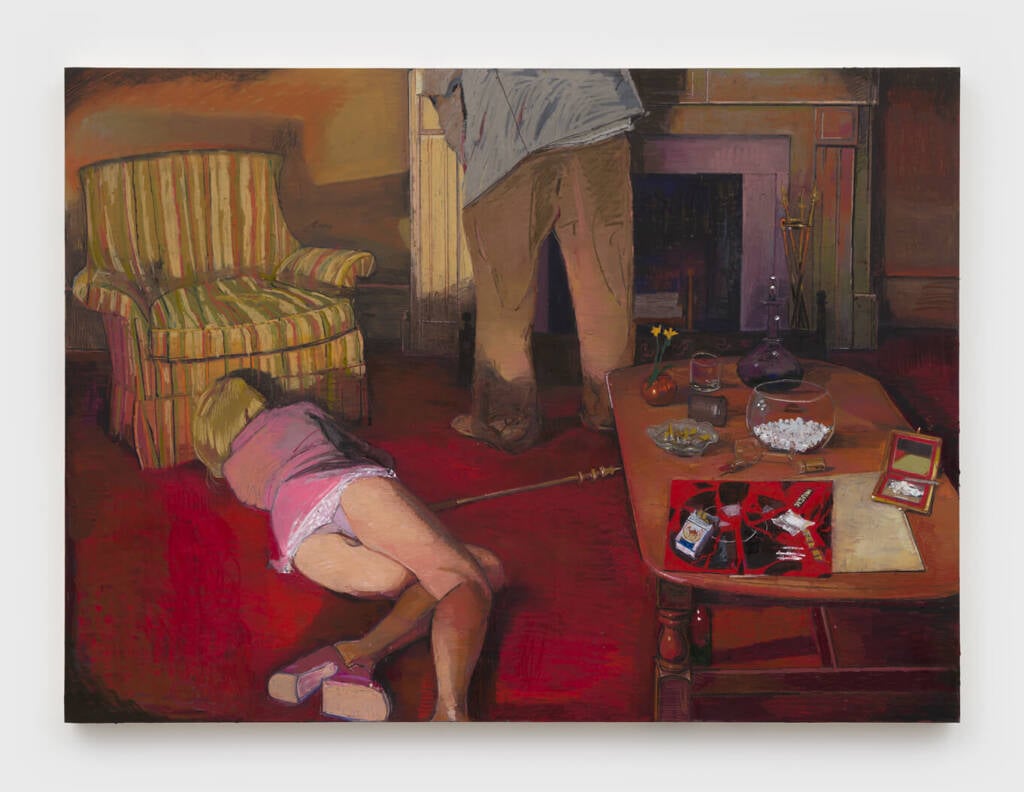
Interior, 2025
Courtesy of KING’S LEAP
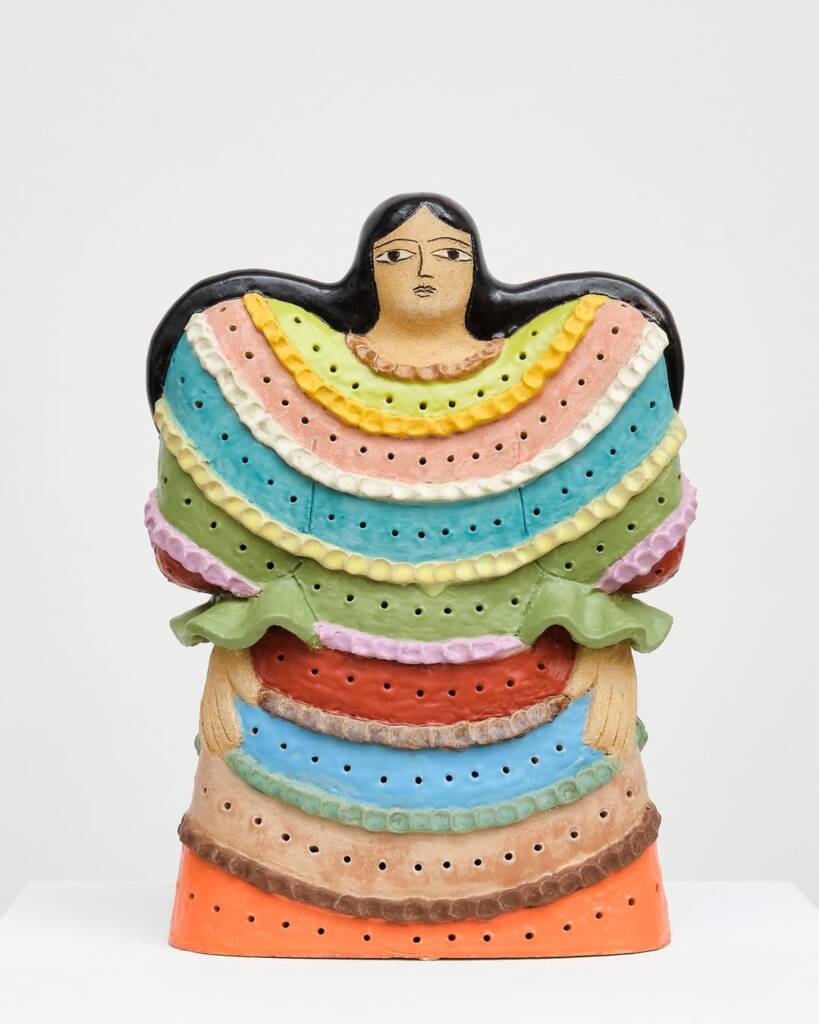
Habibti in Every Color Dress, 2025
Photography by CHRIS HANKE, courtesy of THE PIT
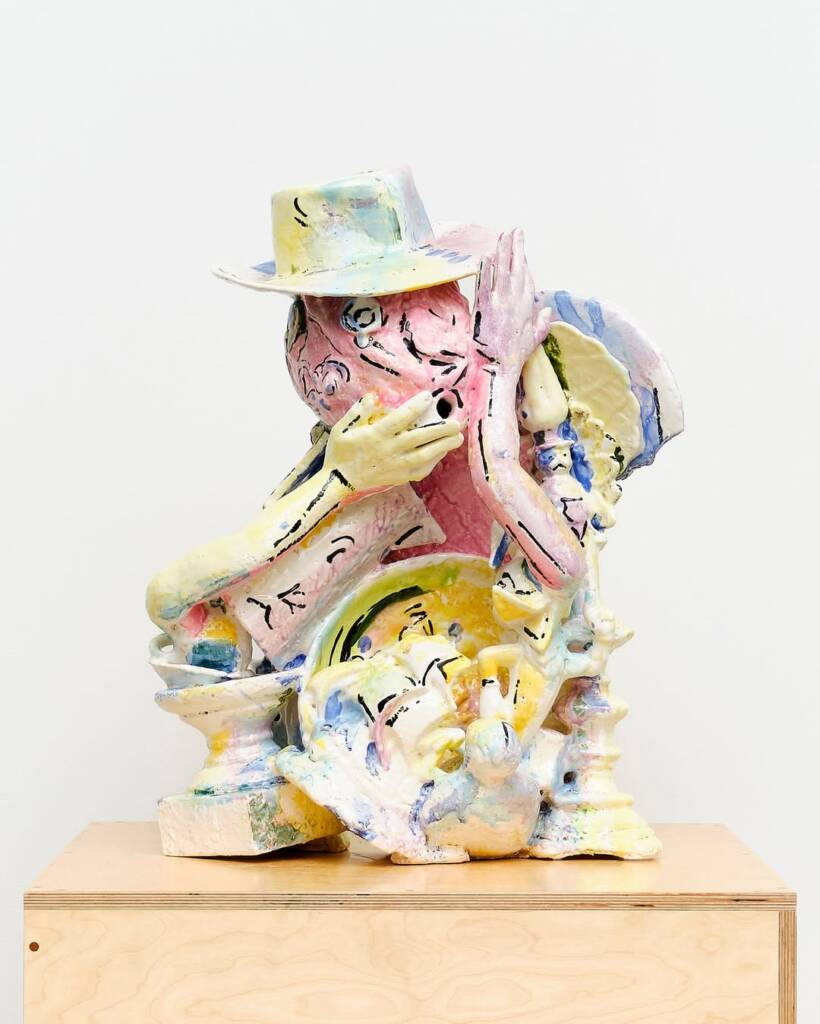
Untitled (Bricolage with Pink Oval Head in Hat), 1980-1983
Photography by CHRIS HANKE, courtesy of THE PIT
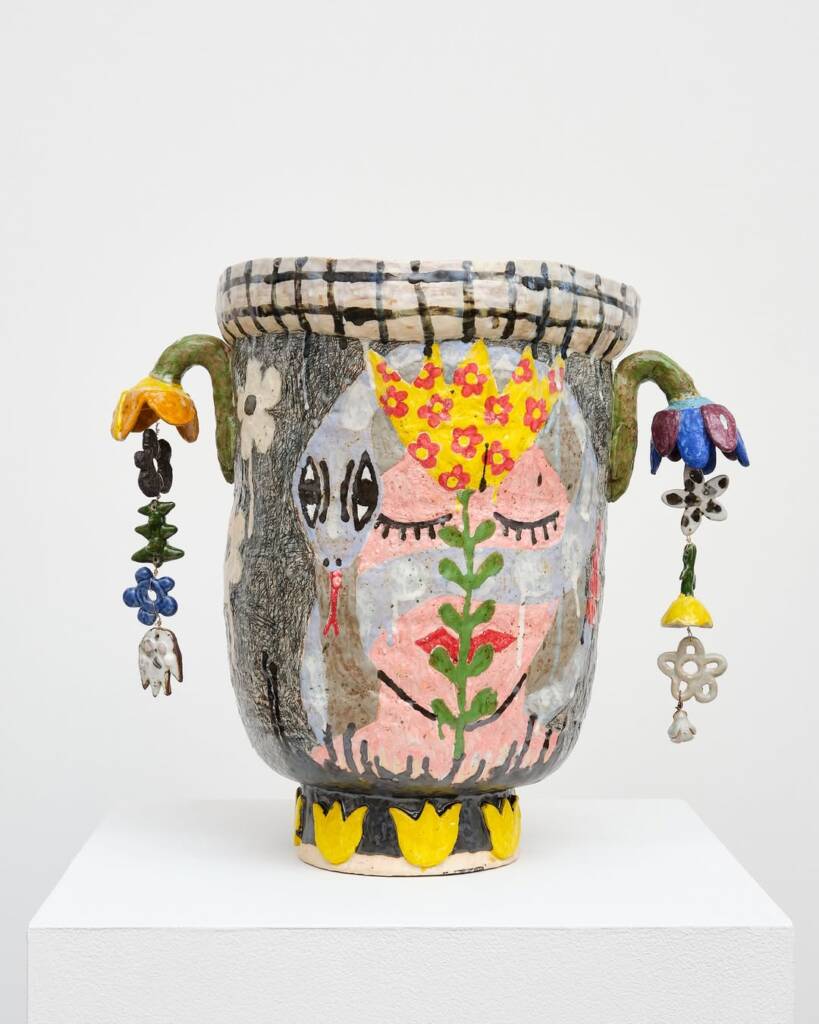
naming the night (jasminum), 2025
Photography by CHRIS HANKE, courtesy of THE PIT
Viola Frey, Jennifer King, and Maryam Yousif with The Pit
Three Generations of Female California Ceramics: the title alone sets the tone. Glendale’s The Pit stages a dialogue across time, linking the late Viola Frey’s legacy to living artists Jennifer King and Maryam Yousif. The throughline isn’t just clay as medium, but how the human figure is abstracted, celebrated, distorted, reclaimed. Bold colors, raw gestures, an unapologetic feminine energy — it is California sun hardened into form. The intergenerational echoes reveal how motifs survive and mutate, proving that clay, far from being archaic, remains restless and alive.
Claudia Alarcón with Cecilia Brunson Projects
From the Wichí community in northern Salta, Argentina, indigenous artist Claudia Alarcón brings works that collapse the boundary between tradition and contemporary practice. As leader of the Silät collective, she collaborates with over a hundred female weavers, embedding ancestral knowledge into each thread. From bags stitched with the yica technique to muted textiles infused with natural dyes, her works are both functional and sacred, connected to the soil itself. At Frieze, Alarcón shows how indigenous practices are not relics of the past but living methodologies, evolving while refusing erasure.
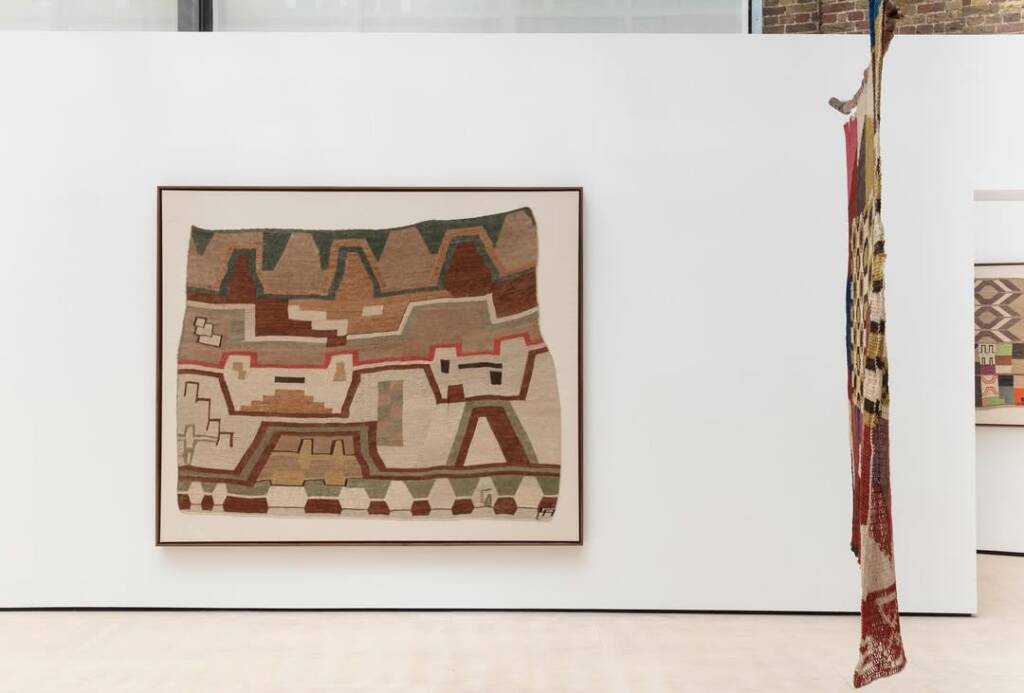
Photography by LUCY DAWKINS
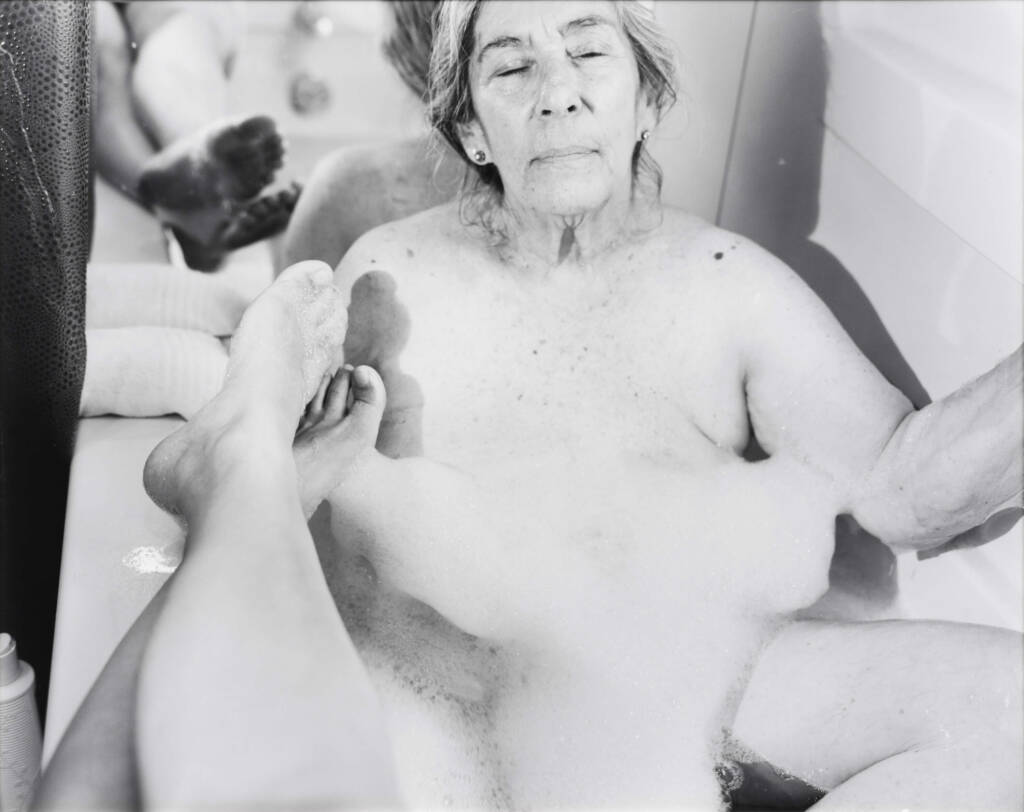
Image courtesy of KATHERINE HUBBARD and COMPANY GALLERY
Katherine Hubbard nominated by Nicole Eisenman
Trust the artists you already love to put you onto someone new. In the Artist-to-Artist section, Nicole Eisenman nominates Katherine Hubbard, who shows with Company Gallery. Hubbard’s practice blends photography with performance, often incorporating her own mother into staged images. Shot on analogue film, her works explore the body’s place in space, relationships recorded as movement through light and frame. By transforming intimate family dynamics into public memory, Hubbard tests how photography can suspend time, not just to remember, but to demand remembrance.
This year’s Frieze is a map of where London’s art world is heading: part spectacle, part study, part scene. From the heavyweights to the Focus kids, from Masters’ anchor to Sculpture Park’s aperitivo, it all folds into one seasonal rhythm, a reminder that art, like autumn leaves, is always mid-shift, always about to turn.
Words: JULIA SILVERBERG
